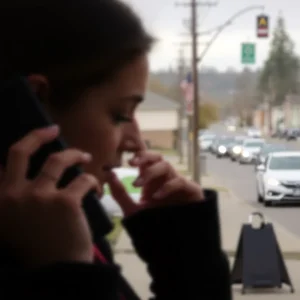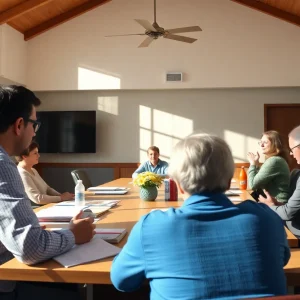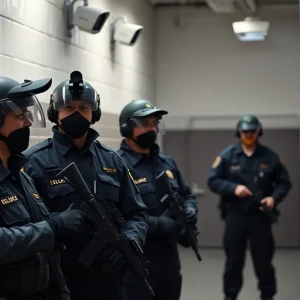South Carolina Executes First Death Row Inmate in 13 Years via Lethal Injection
Freddie Eugene Owens, a long-serving death row inmate in South Carolina, was put to death on Friday by lethal injection, marking the state’s first execution in 13 years.
Background of the Case
Owens, who was 46, was sentenced to death in 1999 for the killing of convenience store clerk Irene Graves during a robbery in Greenville when he was just 19 years old. The condemned inmate was pronounced dead at 6:55 p.m. ET, officials announced on Friday. Owens made no final statement before his execution.
The South Carolina Supreme Court declined to halt his execution on Thursday, and Governor Henry McMaster did not grant Owens the clemency that he had requested. Grave’s family members who witnessed the execution looked intently at Owens, who was dressed in a green jumpsuit and covered with a white sheet.
Controversy Surrounding Owens’ Execution
Owens’ attorneys filed an emergency motion to the Supreme Court of the United States on Friday, mere hours before his execution was set to take place. This motion cited violations of due process, claiming that basic information about the lethal injection drugs and the qualifications of the execution team were not provided to Owens.
Despite these urgent pleas, the court went ahead with the execution. This marks the first instance of execution by lethal injection in South Carolina since the state regained access to the necessary drugs after nearly a decade-long hiatus caused by supply issues.
Details of the Crime
Irene Graves, the victim of Owens’ condemned crime, was a 41-year-old mother working the graveyard shift at a Greenville store on November 1, 1997. Owens was sentenced to death two years after being convicted of murder, armed robbery, and criminal conspiracy. He also confessed to killing a cellmate in 1999 while awaiting sentencing for his prior conviction.
Execution Method
Owens’ execution was carried out using a single drug called pentobarbital, commonly used in pet euthanasia. South Carolina was able to secure access to this drug following the passage of a shield law, protecting individuals and entities involved in the planning or execution of a death sentence.
New Affidavit in Owens’ Trial and Appeals for Clemency
Owens’ attorneys had twice requested a halt to the execution, once on August 30 and again on September 5, citing a new affidavit by co-defendant Steven Golden, who claimed that Owens was not even present at the time of the robbery and killing. However, the court denied both motions and refused to reconsider the decision, noting that Golden’s new testimony was inconsistent with his past statements.
Concluding Remarks
Owens’ execution marks the fourteenth execution this year, according to the Death Penalty Information Center, with all but one executed via lethal injection. The decision to execute Owens reignites ongoing debates about the use of the death penalty and the methods used. His death, however, brings to close one chapter in the long narrative of capital punishment in South Carolina.


























